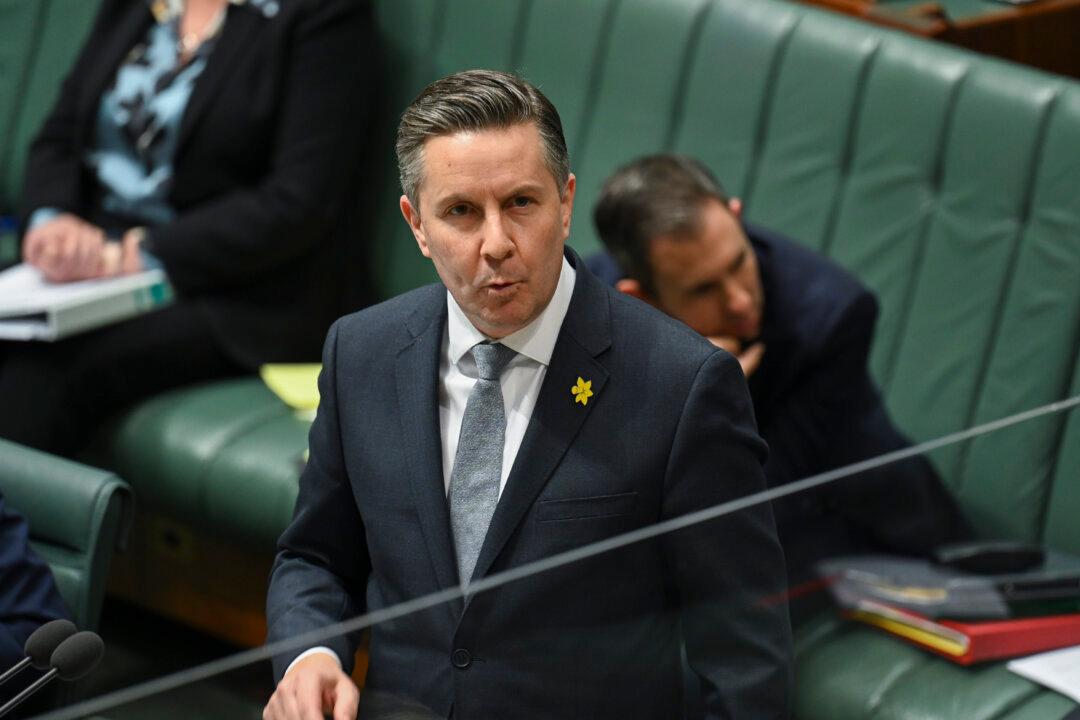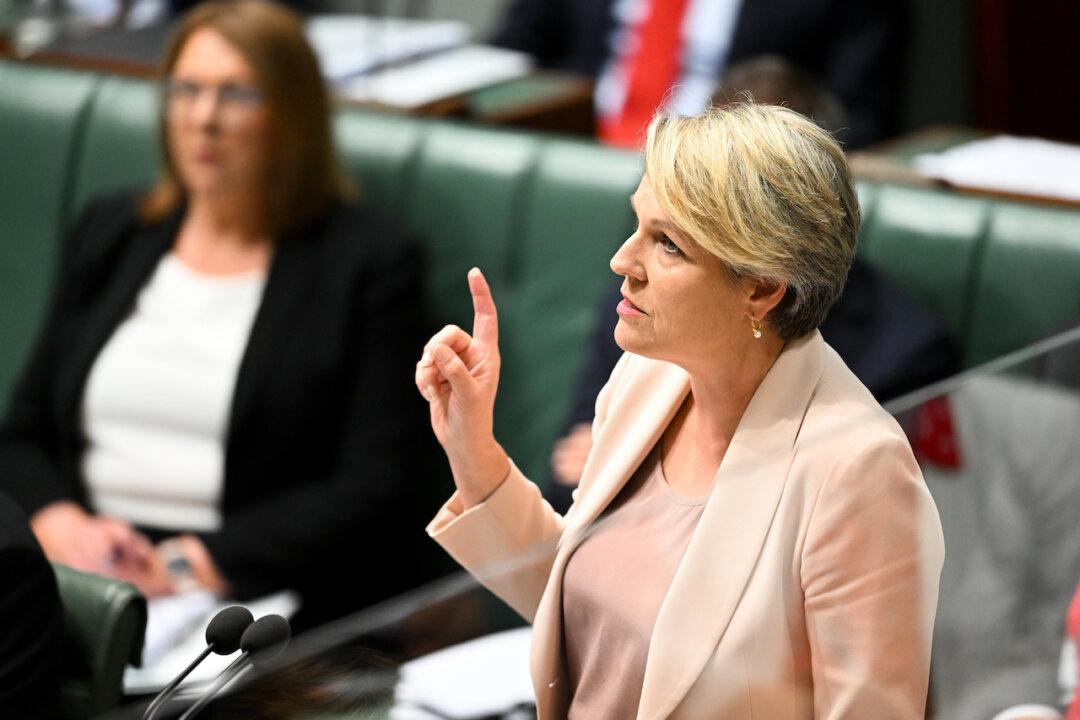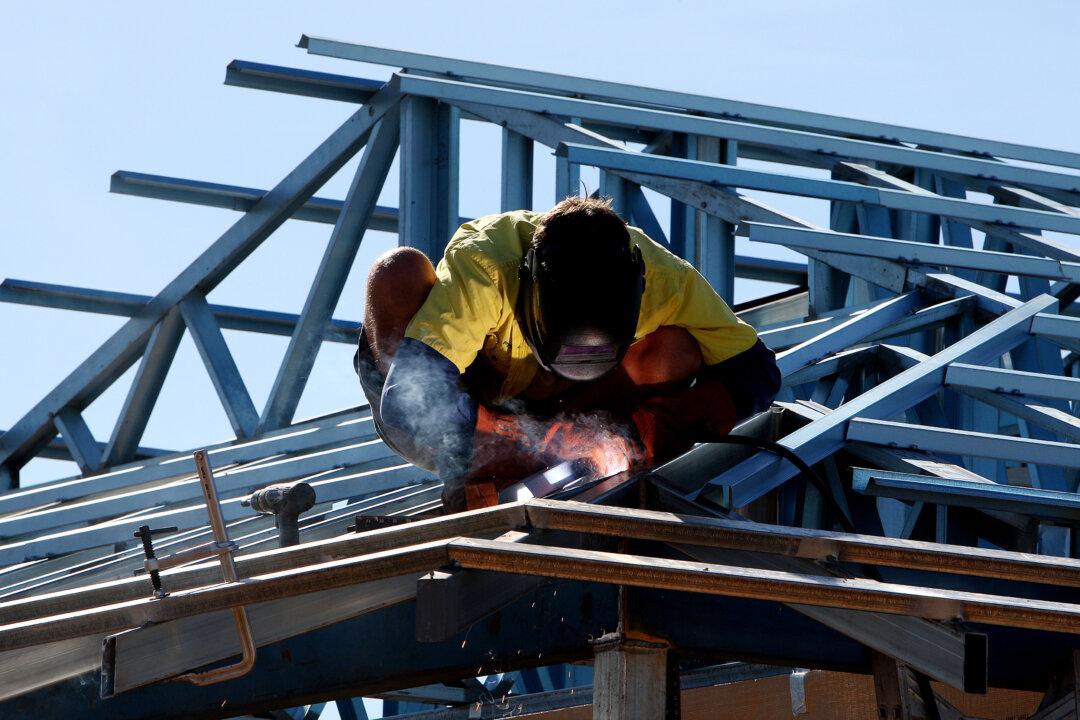Australian Health Minister Mark Butler is launching a government-led crackdown on Big Tobacco’s vaping products that are currently creating a new generation of nicotine addicts.
Butler, who will outline the campaign at the National Press Club in Canberra on Tuesday, will call vaping products one of the most significant health and behavioural issues Australian schools face and one that has seen four-year-olds hospitalised for poisoning.




